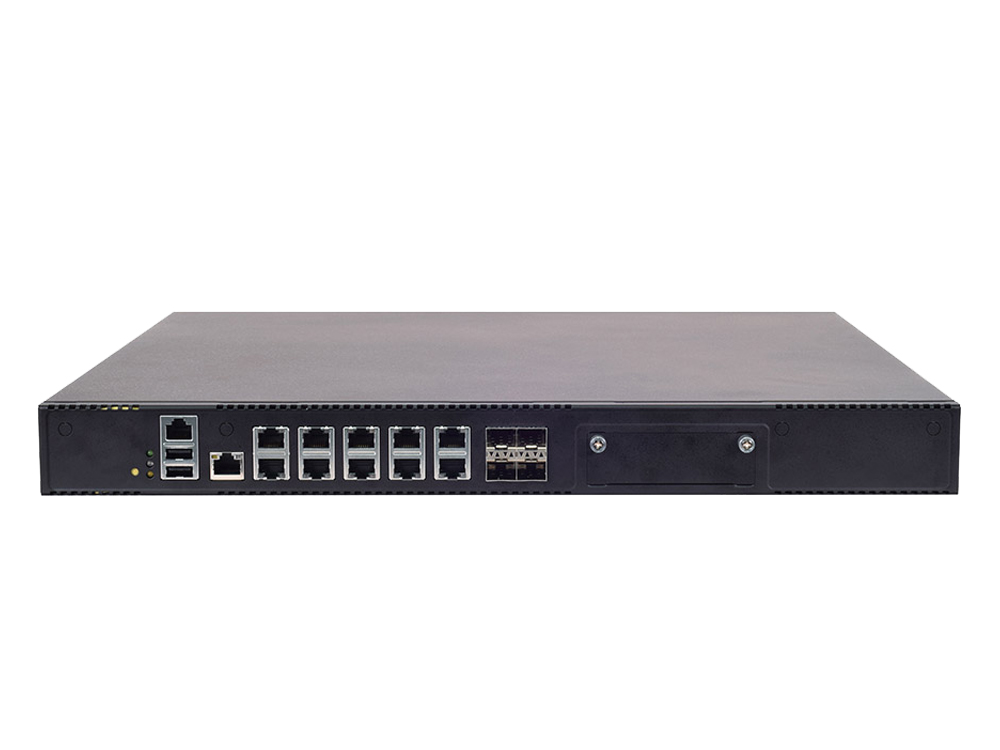Background
Though 5G has been successfully demonstrated in some major sports games, the formal launch of the finalized specifications will take a couple more years, anticipated in 2020. Yet, enterprises all over the world, regardless of the fields, have been urging the implementations of new technologies, such as artificial intelligence (AI), virtual reality/augmented reality (AR/VR), Industrial Internet of Things (IIoT), smart city, self-driving buses, video content delivery, and Central Office Re-Architected as Data Center (CORD), to drive business growth and competitiveness, but all of these have been waiting for the launch of 5G in order to realize their true potential.
The 5G specifications promise the far more enhanced bandwidth and minimized latency in order to meet the required performance for the new technologies mentioned above. Therefore, multi-access edge computing (MEC) has been favored solution for communication service providers (CoSP) and content providers to act as the transition to 5G. In other words, there are essential business incentives for the strong preference of MEC, particularly service improvements and OPEX/CAPEX reduction.
Technological Benefits of MEC
In the technological aspect, MEC extends the existing 4G infrastructure and offers the major technological advancements promised by 5G. MEC can be considered as an extension of the cloud at the edge. By leveraging Radio Access Network (RAN) and edge uCPE/vCPE gateways, operators and service providers can implement third-party software and VMs to innovate their applications and services to their targeted customers, enabling scalability and flexibility.
Also, MEC fastens the technological integration between mobile base stations and edge uCPE/vCPE devices, allowing the cloud computing and IT management at the edge, so that the edge can function as a local data center within proximity to mobile service subscribers. In essence, the implementation of MEC is to have the edge share some degree of the loading that might have been processed by the cloud. Therefore, MEC can offer ultra low latency, far more enhanced bandwidth and real-time network access. In other words, MEC has brought to the world the major advantages promised by 5G.
Economical incentive is another driving force of MEC, which introduces an innovated value chain. In a MEC environment, third-party software and VMs are implemented onto the edge uCPE/vCPE gateway devices, which are open architecture based in order to ensure compatibility. In short, CoSP, content providers and operators demand integration of white-box uCPE/vCPE hardware and open source software so that all their service offerings can be programmable and flexible. In fact, they can customize their services with agility and are no longer tied by specific vendors in hardware and software support.
Recommended hardware
When edge computing was first introduced as the extension of the cloud, the devices were not demanded or expected to perform sophisticated tasks. However, today enterprises are competing in the deployments of
- Artificial Intelligence (AI)
- Virtual Reality/Augmented reality (AR/VR)
- Industrial Internet of Things (IIoT)
- Smart City
- Self-Driving Buses
- Video Content Delivery
- Central Office Re-Architected as Data Center (CORD)
Therefore, the uCPE/vCPE white-box shall offer high-performance, open-architecture and rich I/O connectivity to meet today’s MEC requirements. For instance, Lanner Electronics has a wide range of uCPE/vCPE devices from entry-level to high-performance compute, powered by Intel x86 platforms.
For example, NCA-4020 by Lanner is powered by Intel® Xeon® D-2100 (codenamed Skylake-DE) processor, with 8/12/16-core computing performance. NCA-4020 provides 10 x GbE RJ-45 (8 of them are PoE+) and 4 x 10GbE SFP ports. To further boost the performance, NCA-4020can be optimized by Intel DPDK and QAT technology. In fact, this 1U rackmount network device is verified as Intel® Selection Solution for uCPE.




